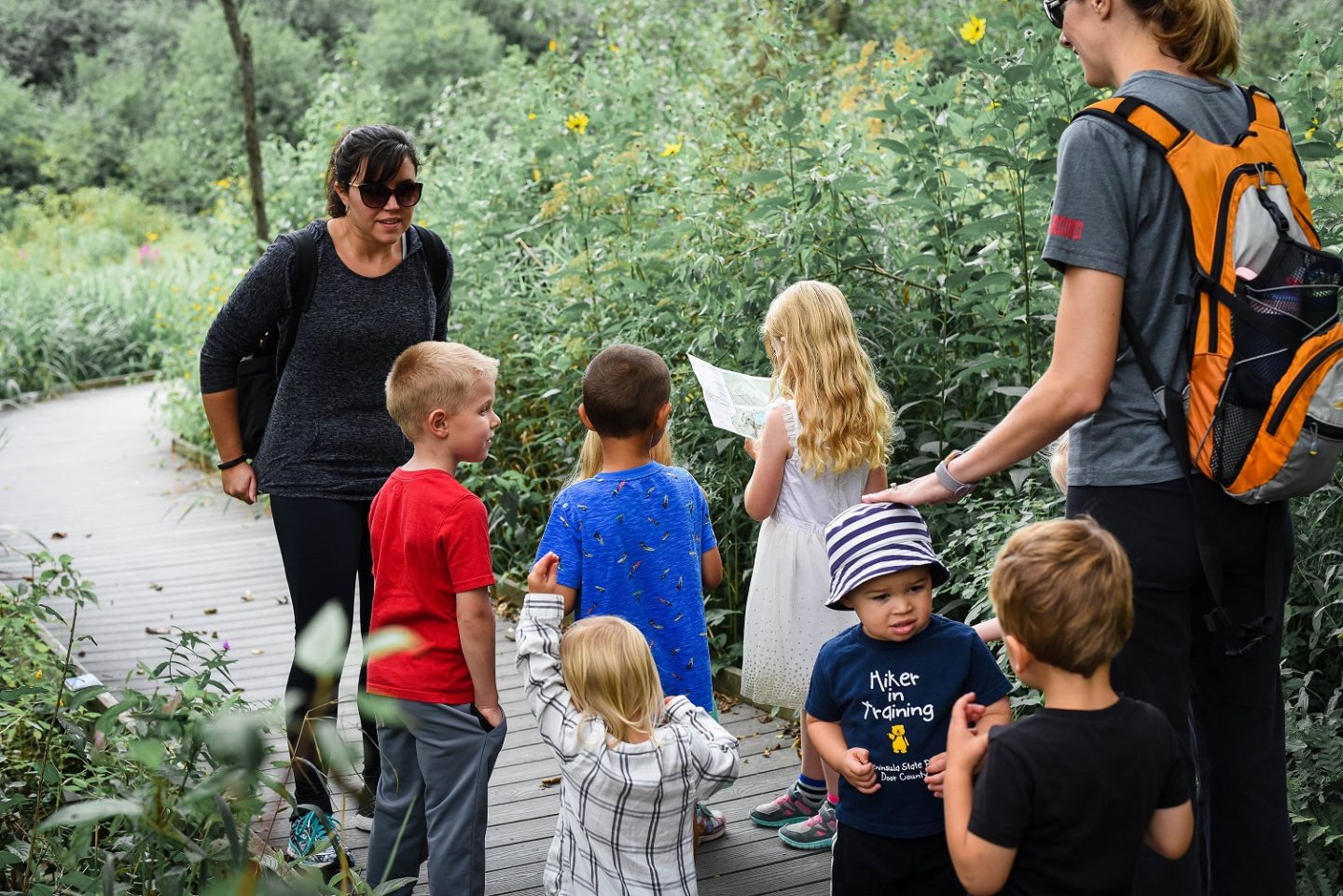How to teach your kids to be kind in nature
- Blog How to teach your kids to be kind in nature
"Random Acts of Kindness" is a phrase everyone knows. It's in our culture and our vocabulary. But how does it translate, practically, to what we are teaching our children? I'll let you in on a secret: pretty easily. Our children are already enamored with nature. They love it without bounds. They are curious about it, interested in it, and proud of it ... and it's not a far stretch to introduce being kind to it, intentionally.
Intention is the linchpin behind Kindness. It is with intent that we are raising these wonderful, spirited, kind stewards of our planet. It is with intention that they will take our lessons and change the world.


"But where do I start?"
Have no fear. We start simply.- Clean up a trail. clean up a favorite trail. Teaching children to love nature while on trail goes farther than encouraging them to see the trail with their senses. Taking time to can help instill an appreciation for keeping Earth clean not just on the trail but every day.
- Read books that highlight caring for nature. This list from We Are Teachers starts with the book Our Tree Named Steve, which made me cry the first, maybe 20 times following, I read it to my kids. I knew what was coming (I had read the end), yet it was so moving and beautiful that I still got choked up. Your local library will be a great resource for books of varying skill level.
- Go on a bug hunt. Not for collecting, but for observing. Take pictures and make a collage. Write down interesting things you see, look them up later, and learn more about each bug. Take it a step farther and visit an animal sanctuary to learn more about the animals that call the sanctuary home and how we are guests on their land.
- Eat outside. Host a Hike it Baby event that begins or ends in a shared meal. Pack lunches and eat at the park by the trailhead. Enjoying a meal in nature allows us time to observe, listen and enjoy everything around us without trying to get to the waterfall or viewpoint.
- Feeling more ambitious? Start a garden. If your home doesn't allow for space, maybe your community has a collective garden that you could contribute to.
- Boost your recycling efforts. Our daily choices can also have a profound effect on nature. Connecting the dots for kids will help them make better choices in the future.
Read More:
Related Content




Comments